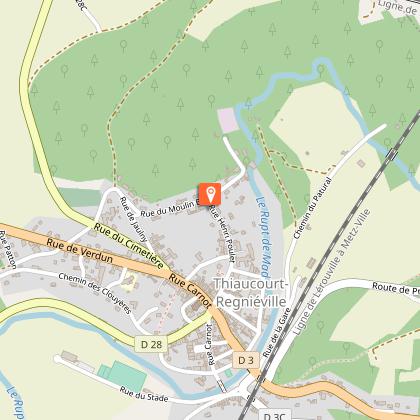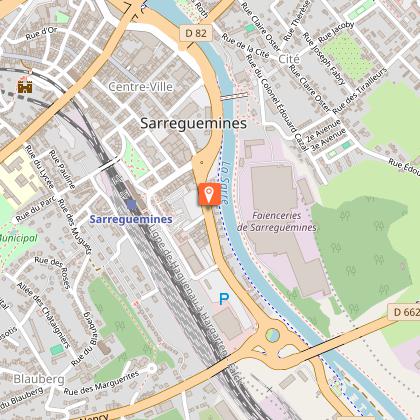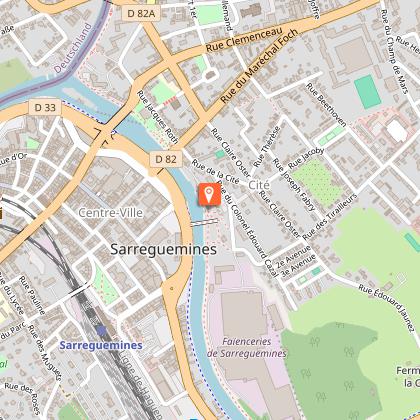Tours
Activities
Places of interest
Where to eat
Where to sleep
Sarreguemines, Moselle, Lorraine
Are you in charge of the destination?Nestled in the heart of Lorraine, Sarreguemines is a gem of Moselle, renowned for its rich historical and cultural heritage. This charming town offers a picturesque escape with its cobbled streets, half-timbered houses, and beautiful gardens. Be captivated by the Faïence Museum, showcasing the region's unique artisanal craftsmanship, and stroll through the Blies Park for a nature immersion. Histor...See more
Walking around Sarreguemines
See more suggestionsExplore the hiking trails around Sarreguemines.
See more suggestionsWhat to do in Sarreguemines
See more suggestionsChoose from a variety of activities in Sarreguemines and book your favorites.
See more suggestionsWhat to visit in Sarreguemines
See more suggestionsVisit the iconic landmarks of Sarreguemines.
See more suggestionsWhere to eat in Sarreguemines
See more suggestionsEstablishments in Sarreguemines offer dishes for all tastes.
See more suggestionsWhere to sleep in Sarreguemines
See more suggestionsBook your stay at one of Sarreguemines's accommodations.
See more suggestions
















































